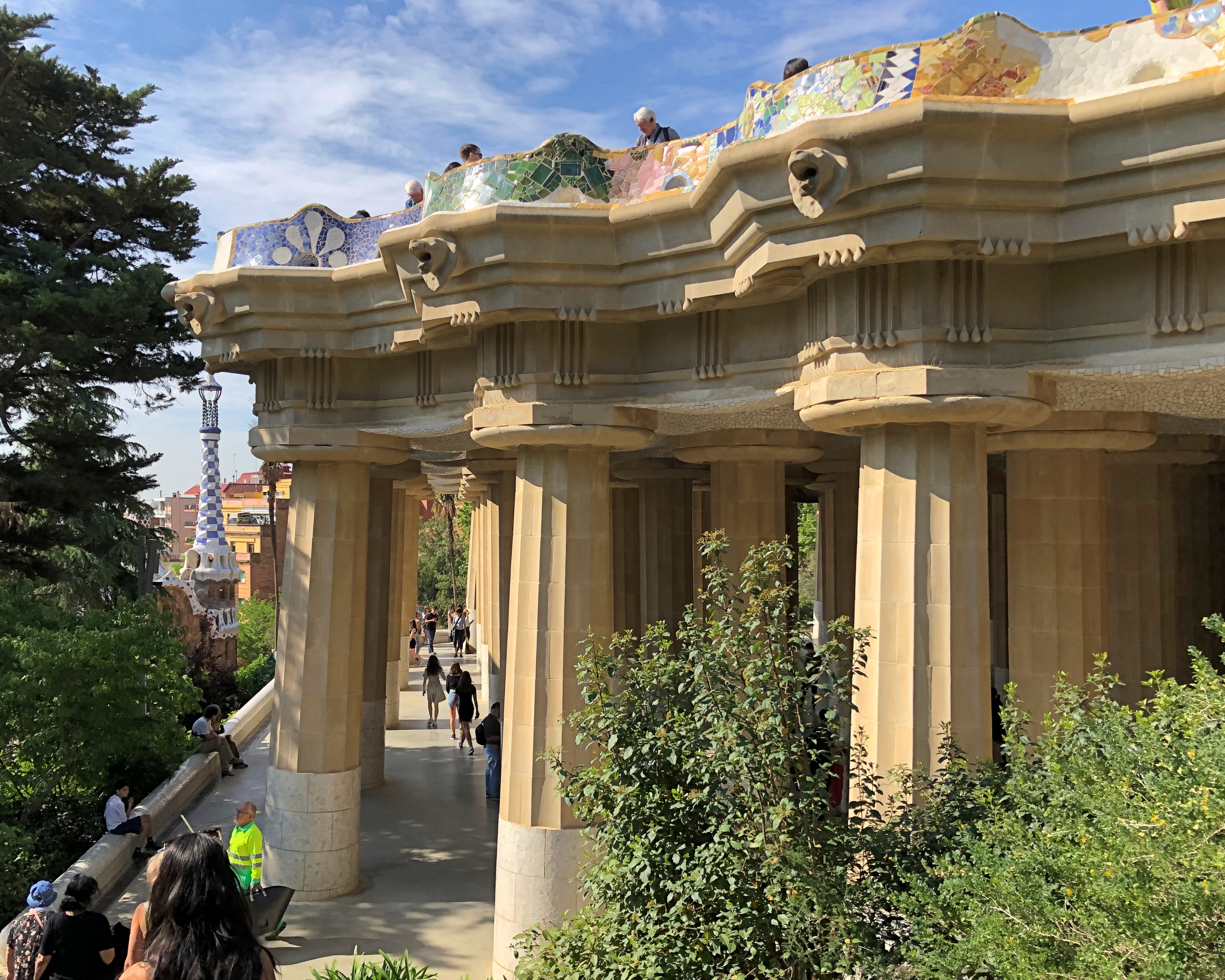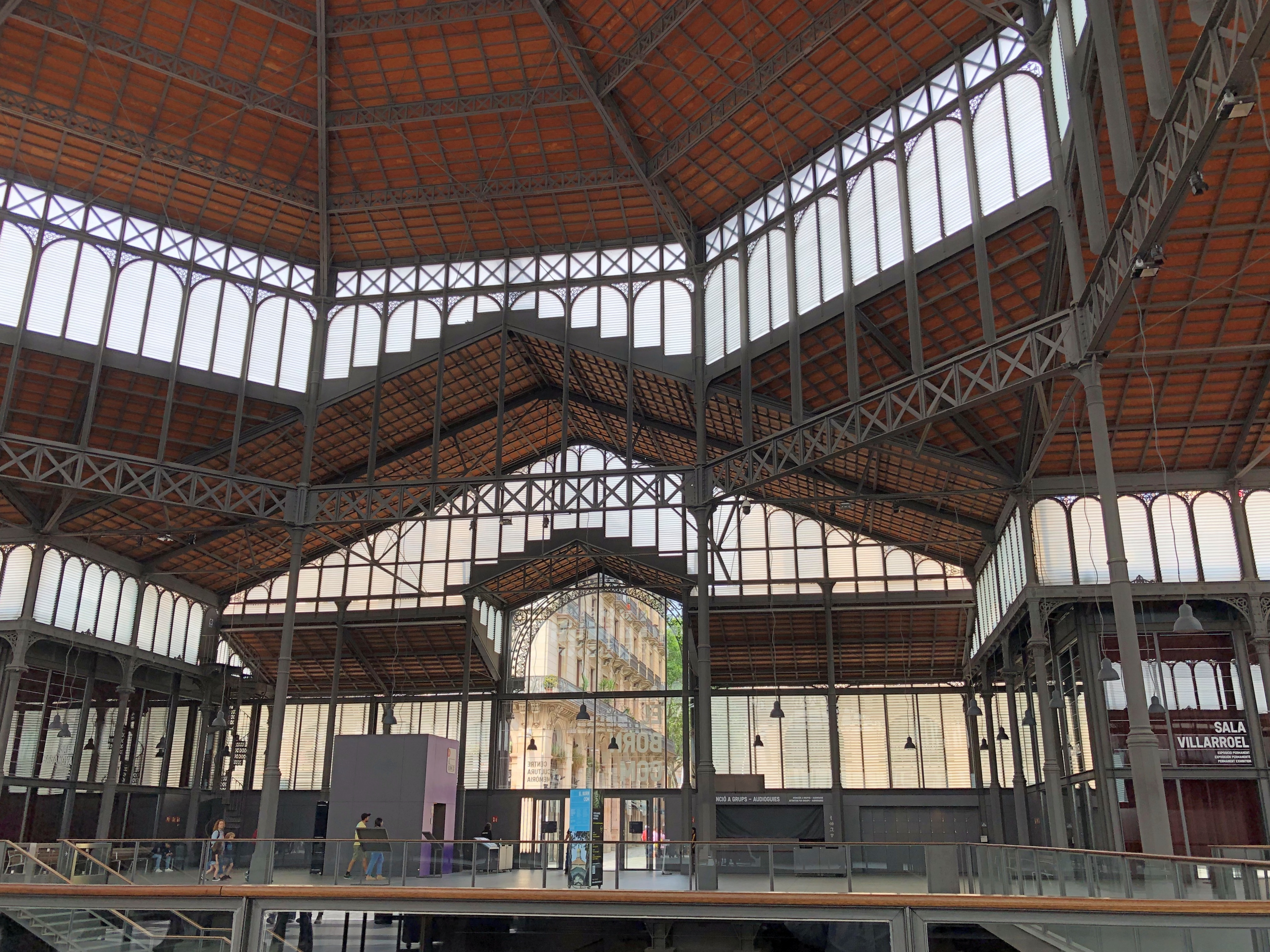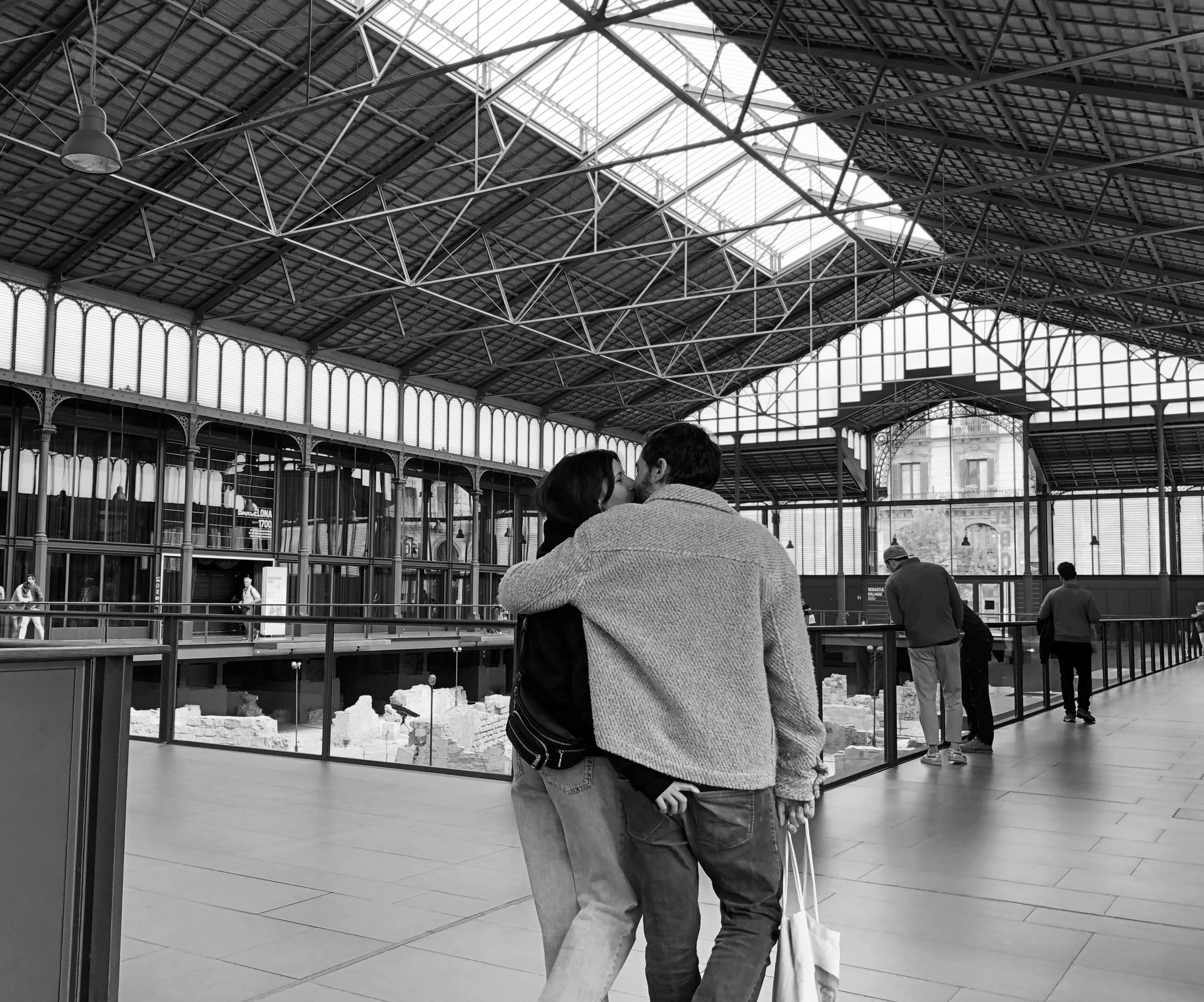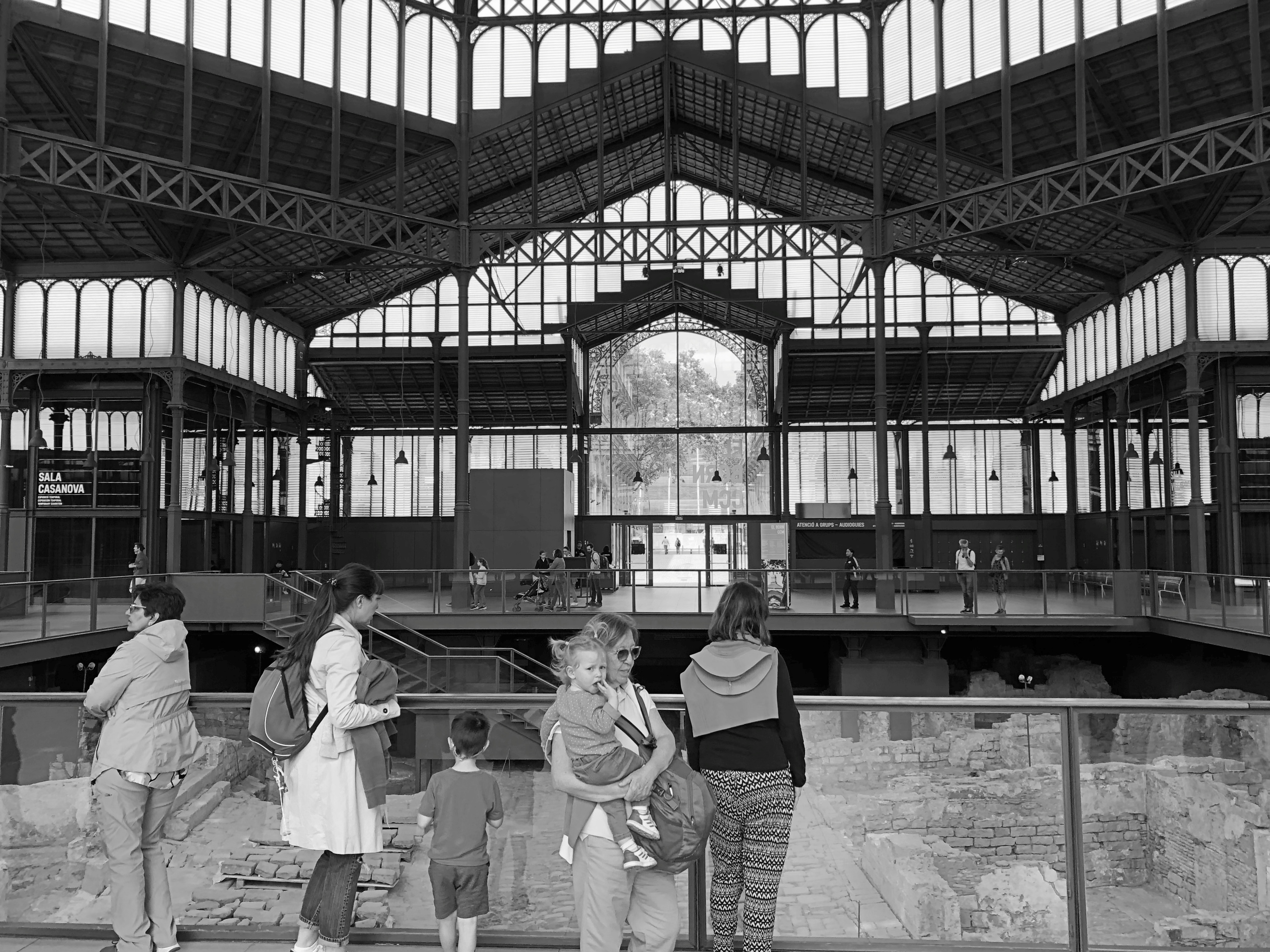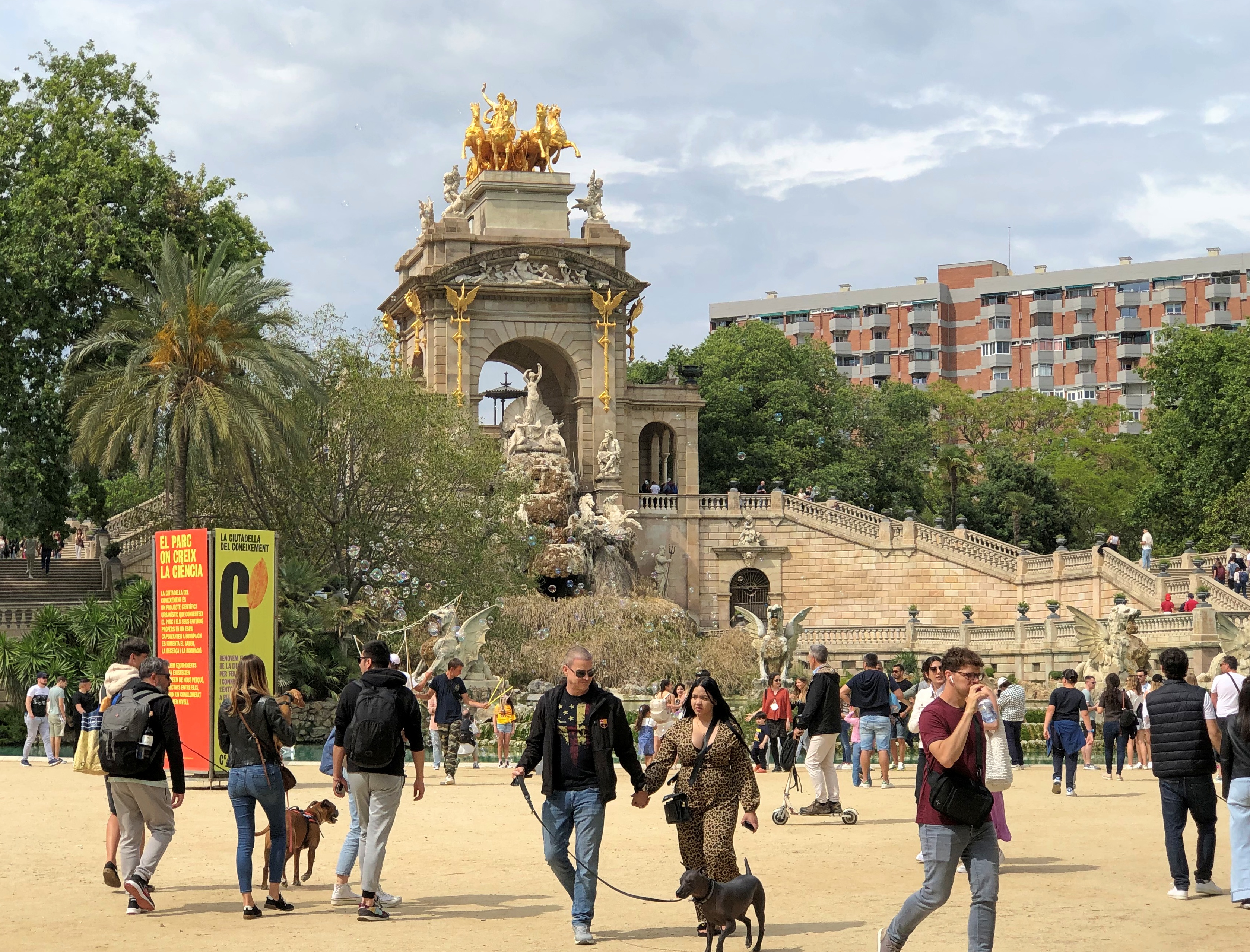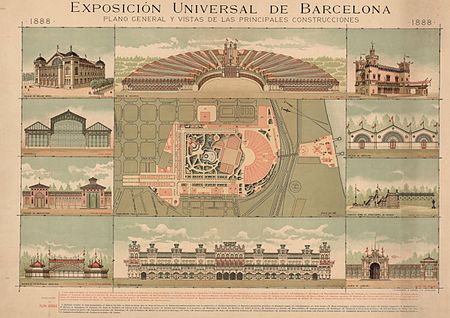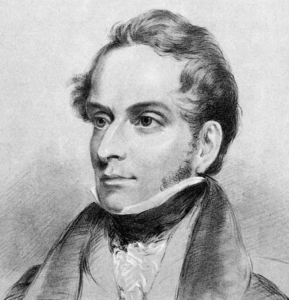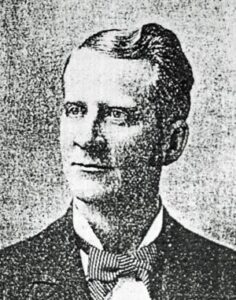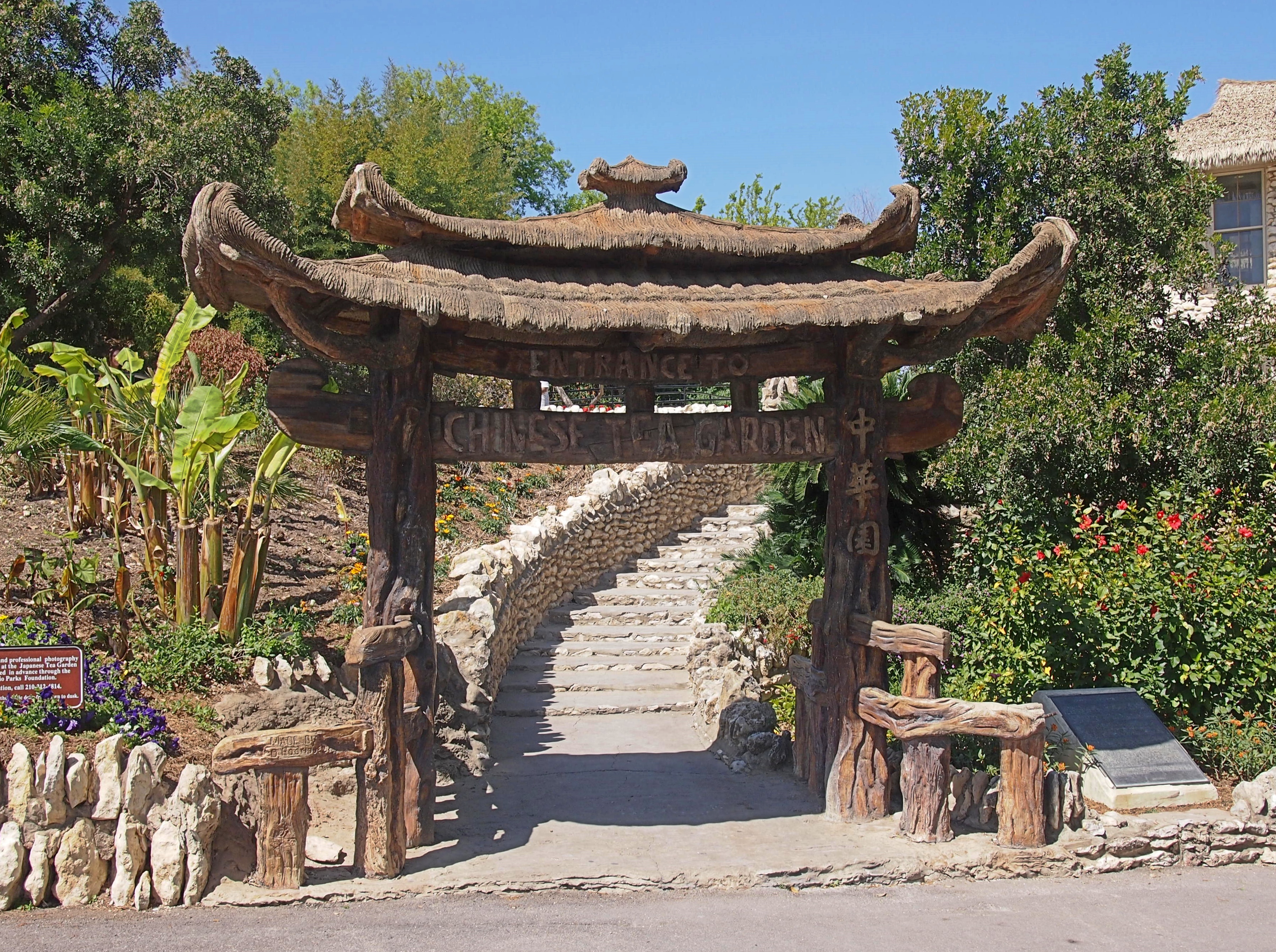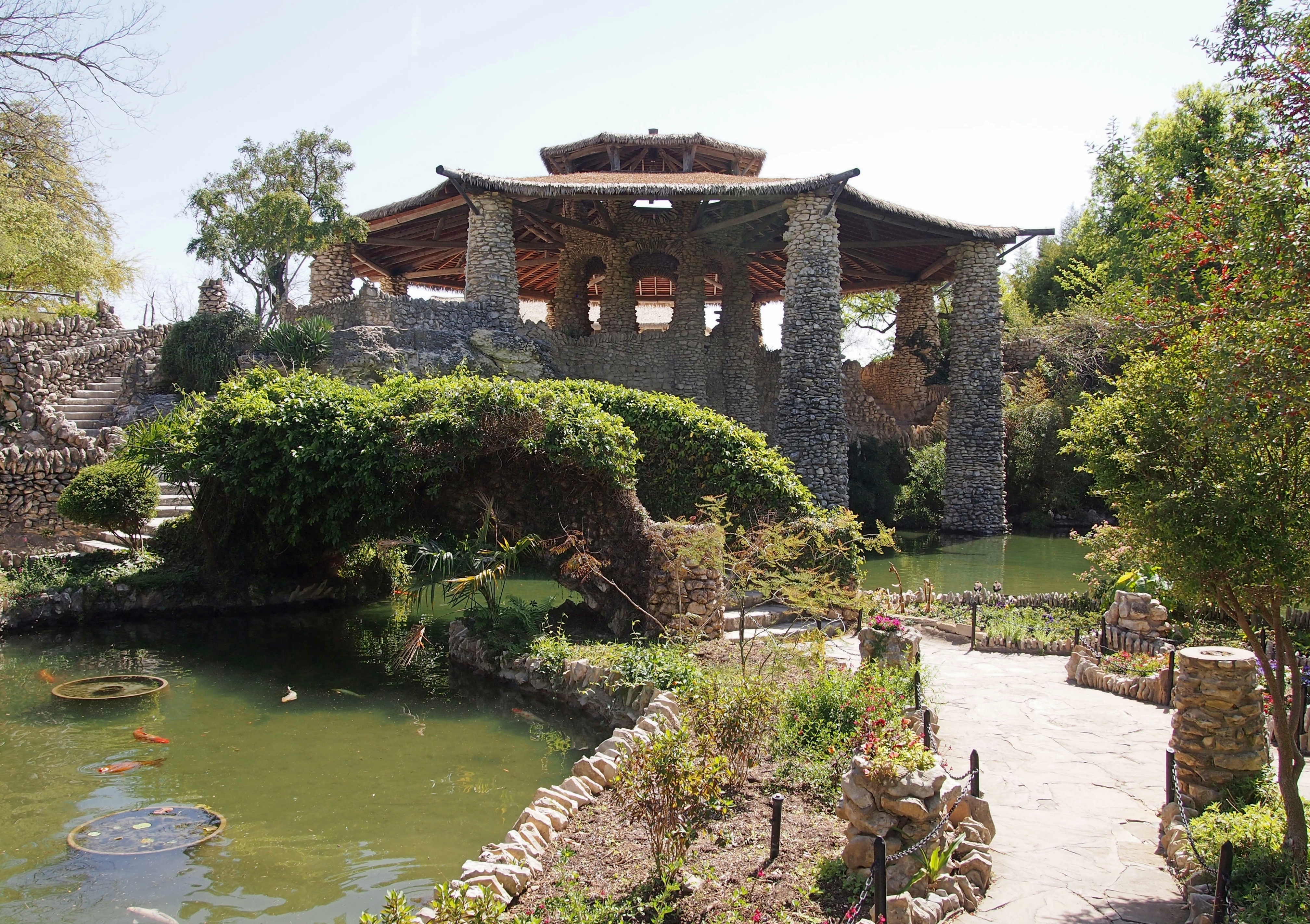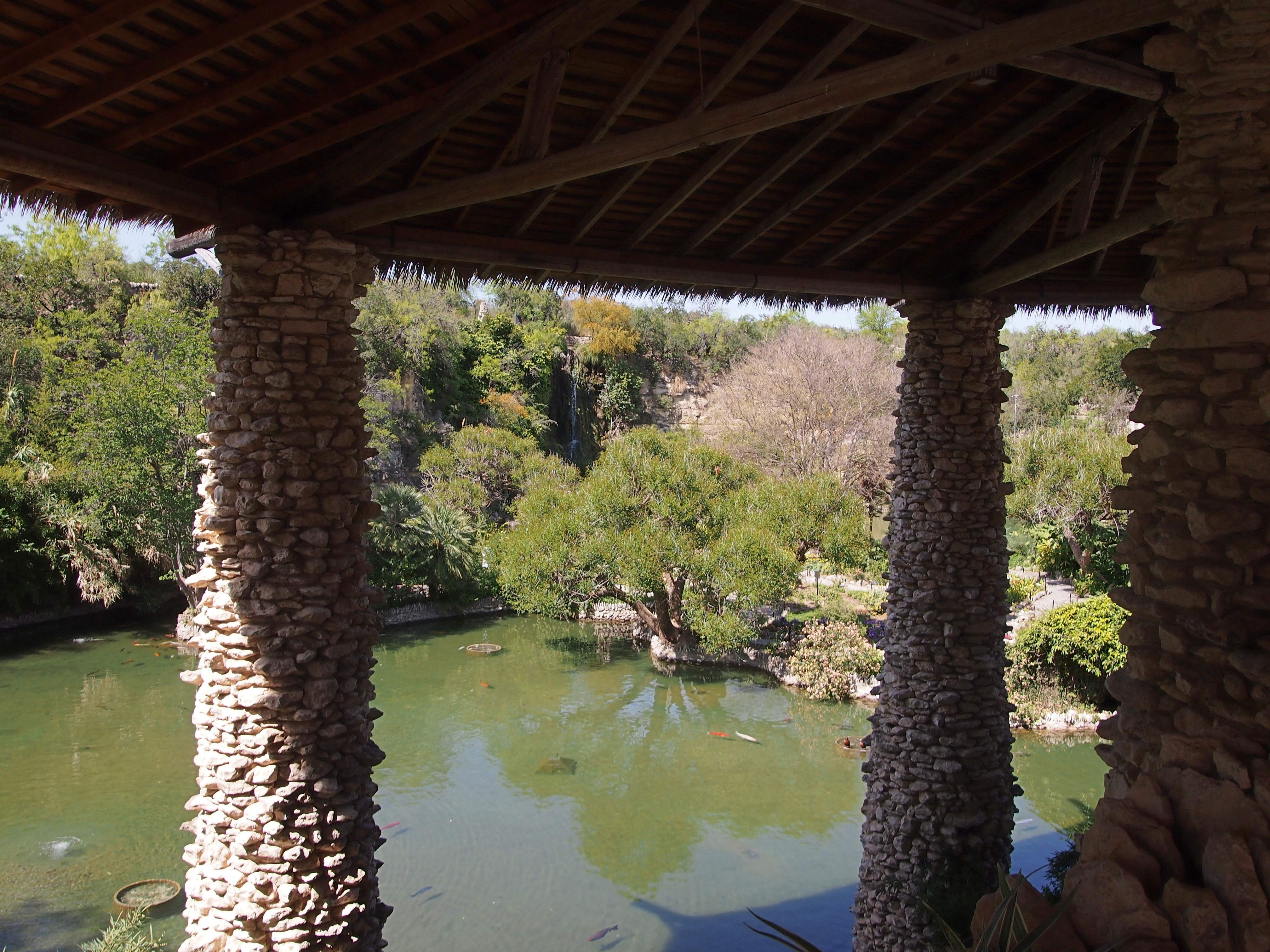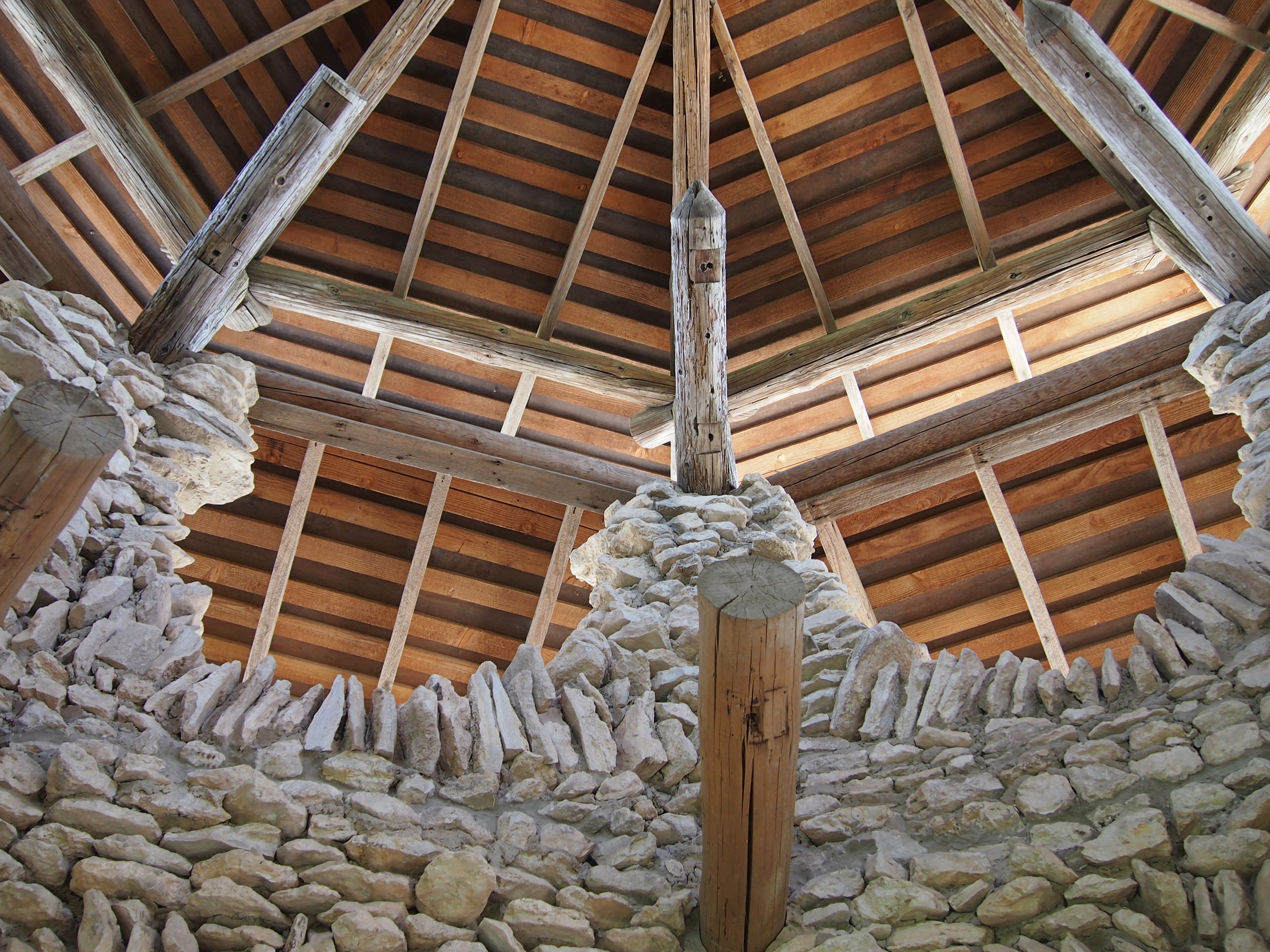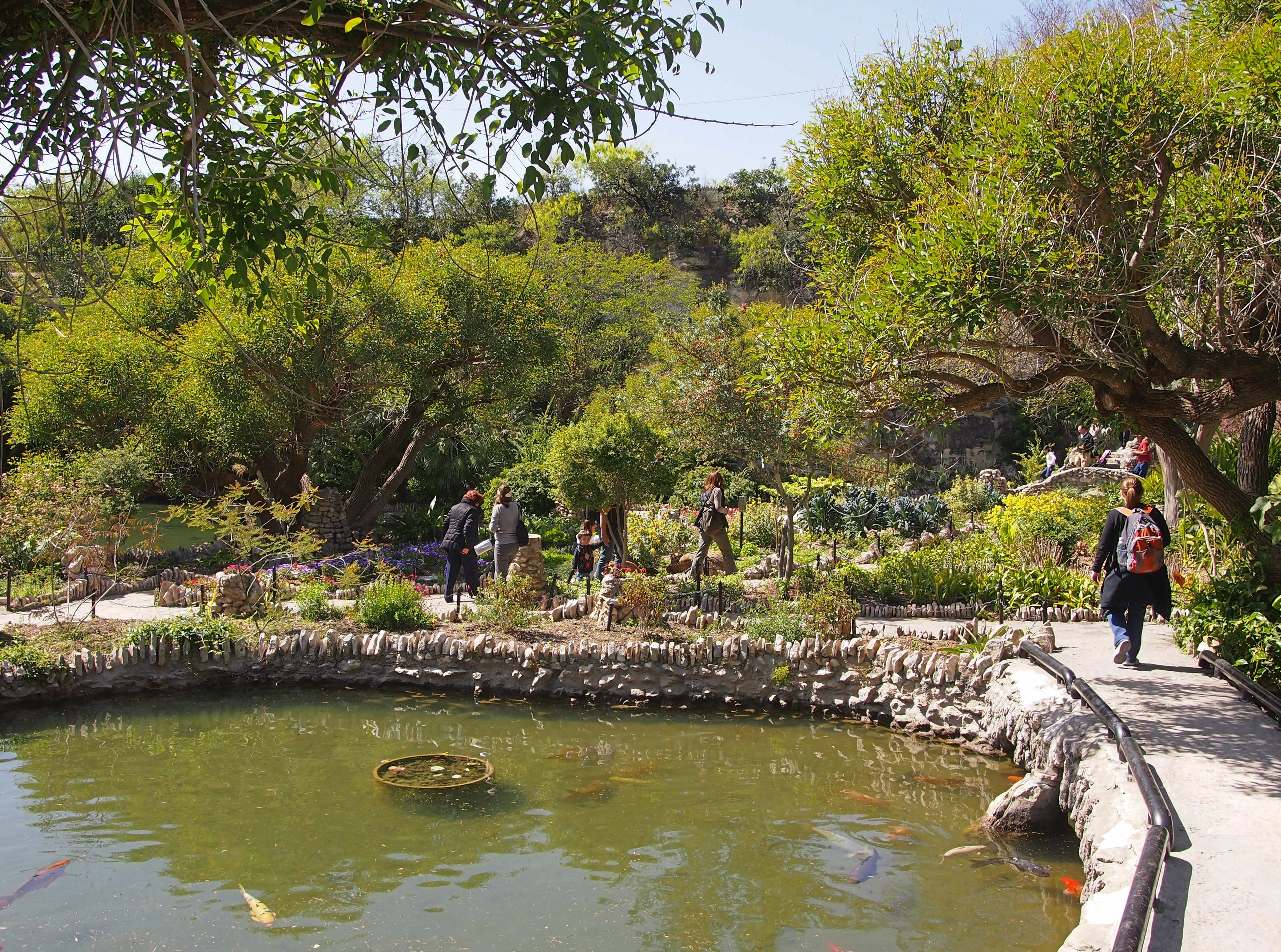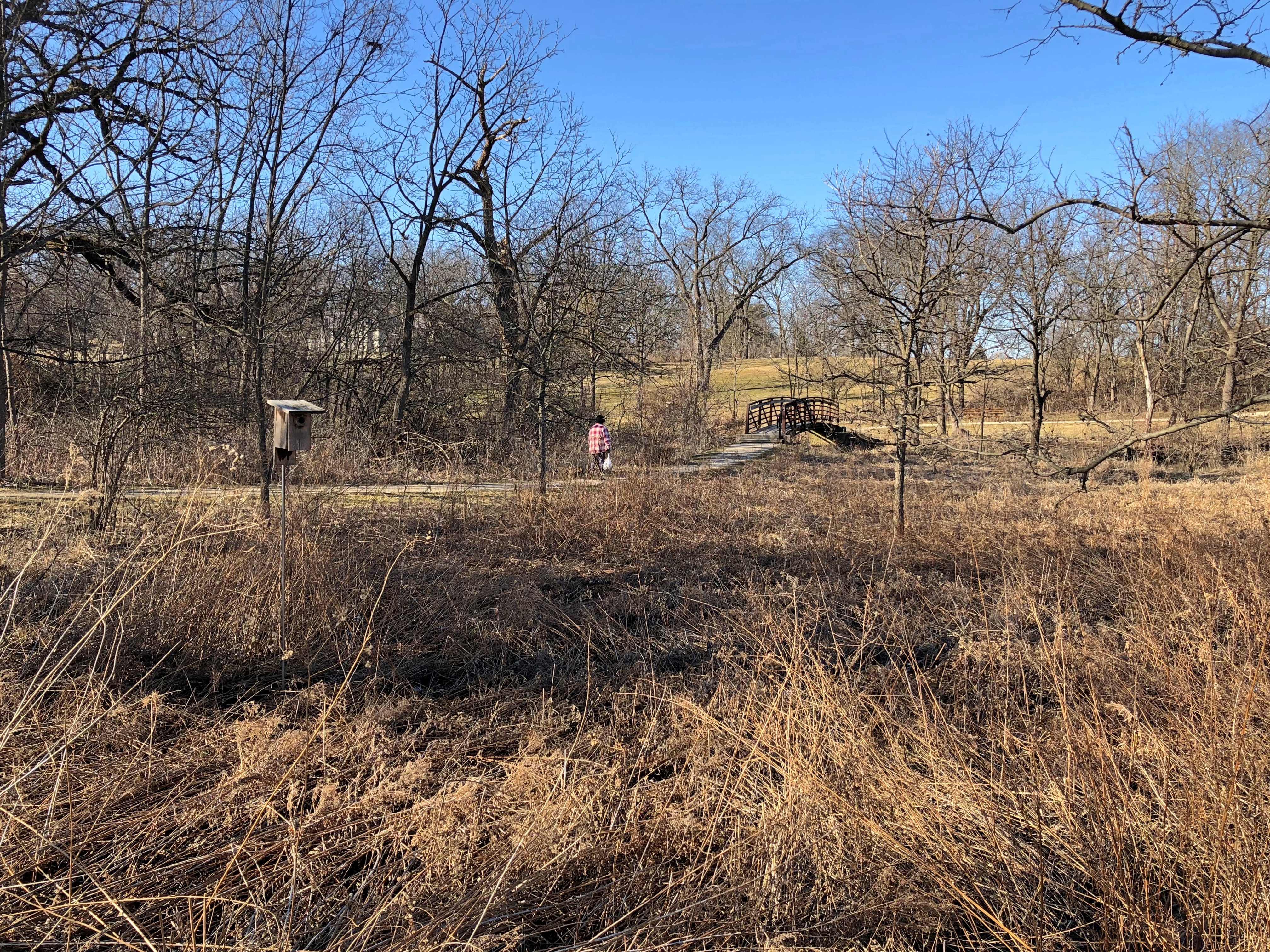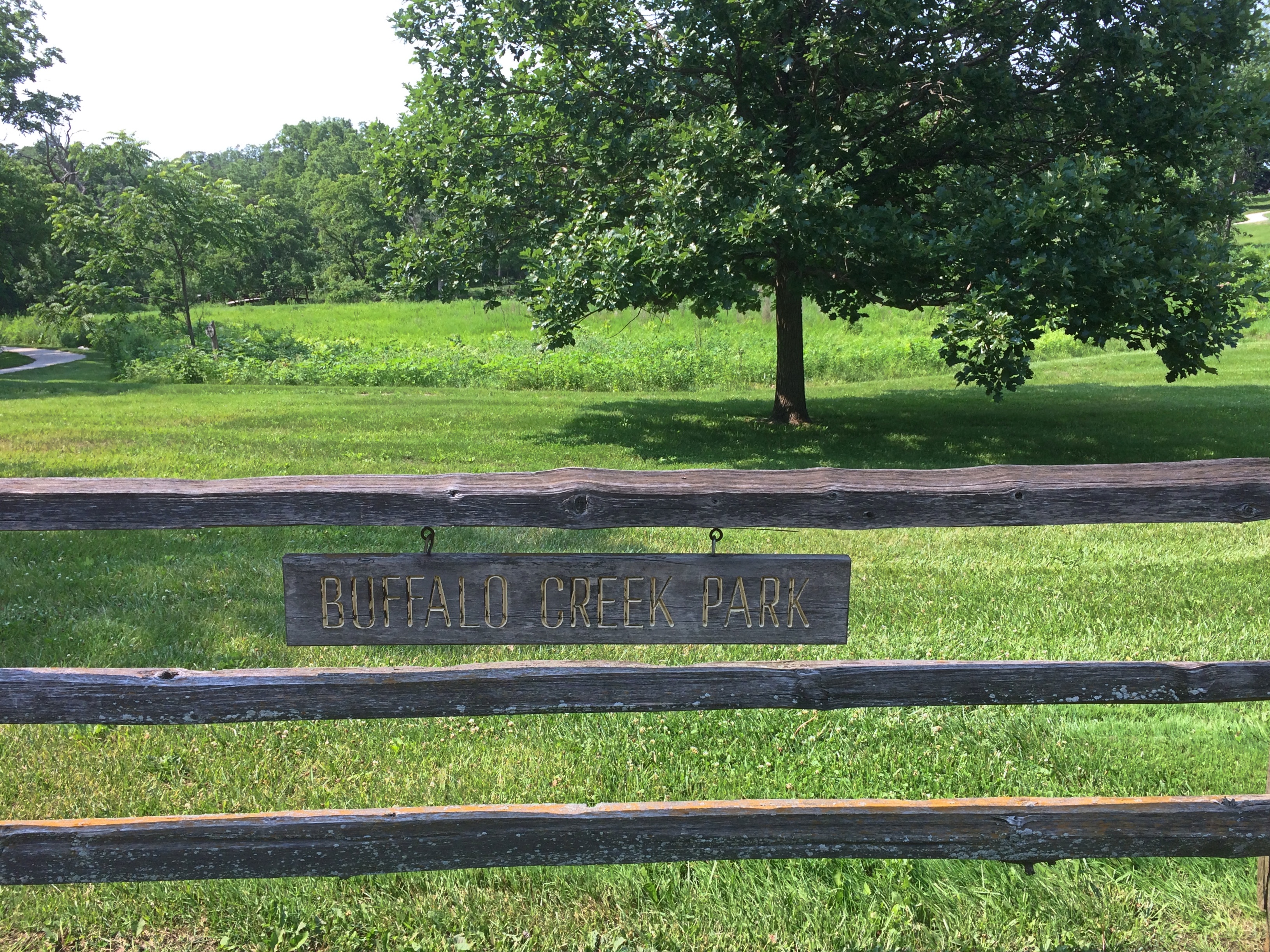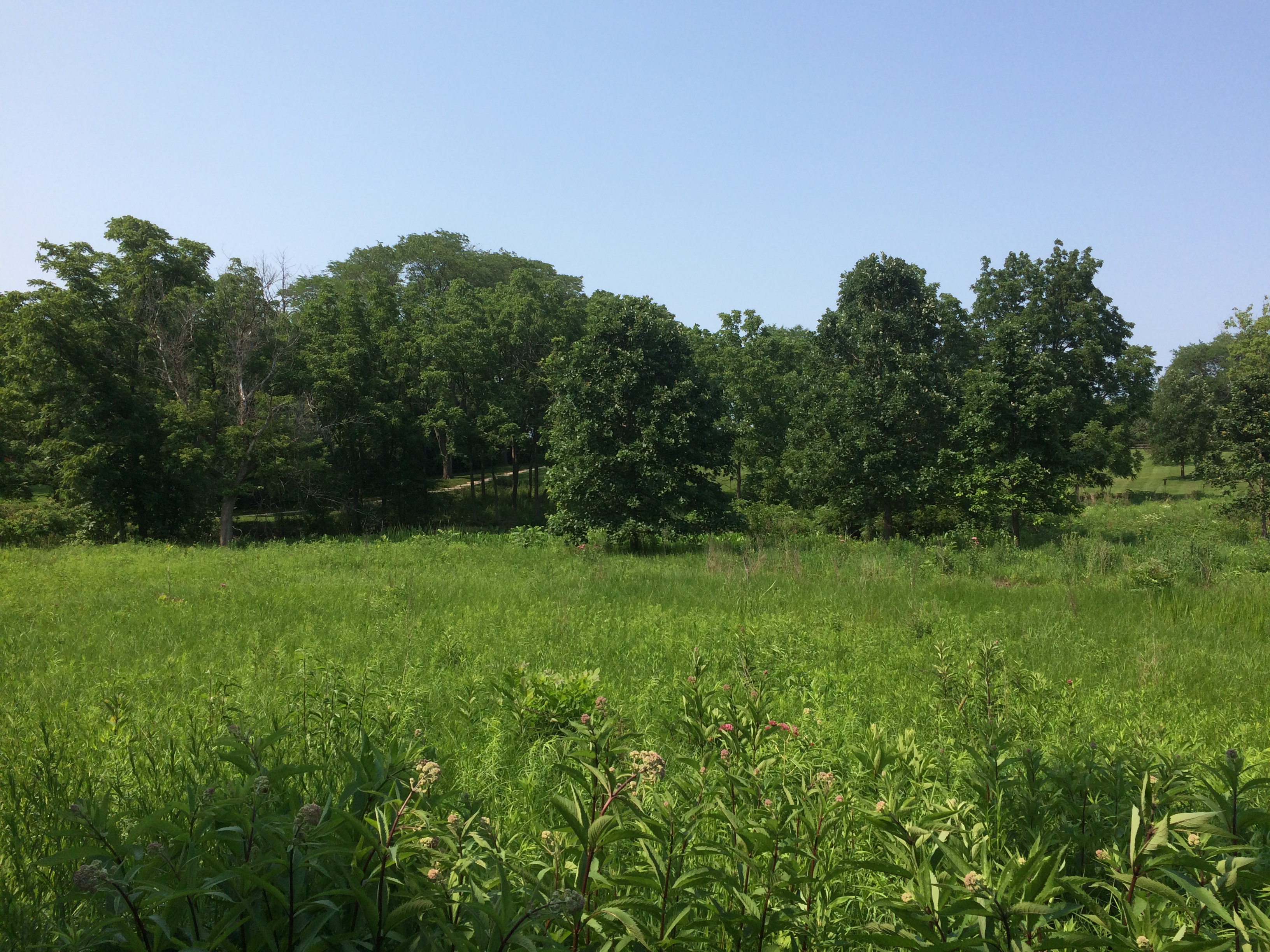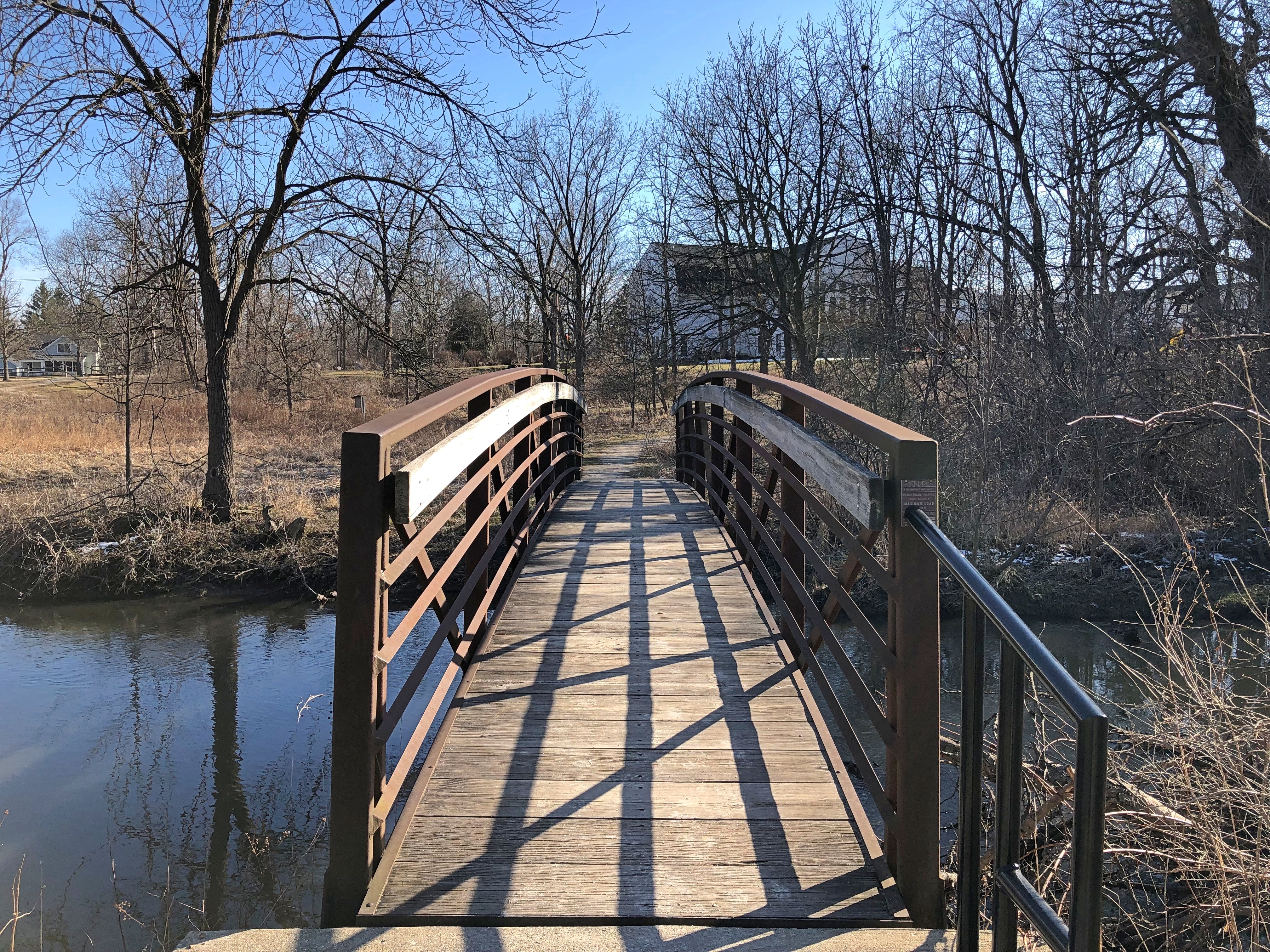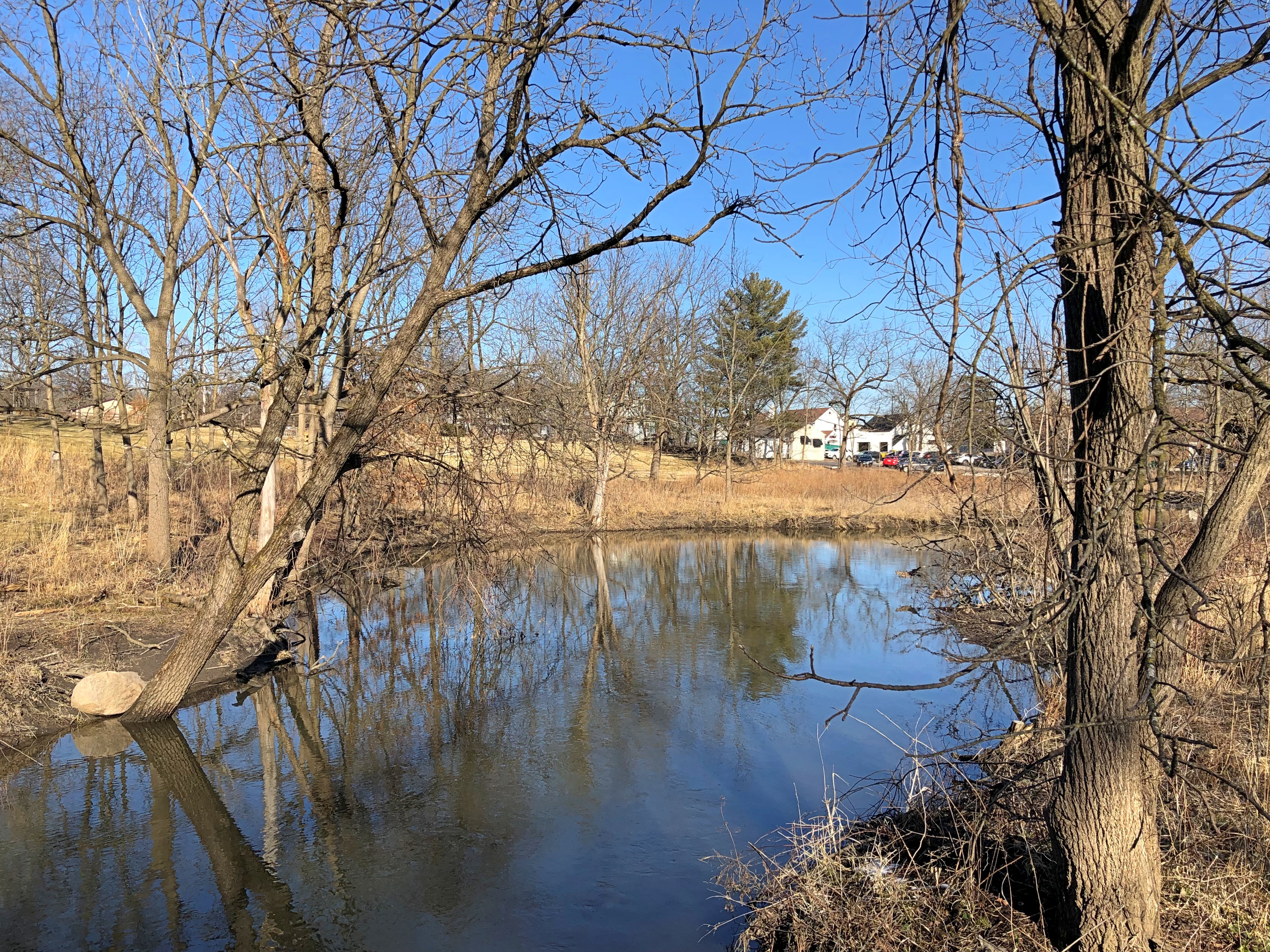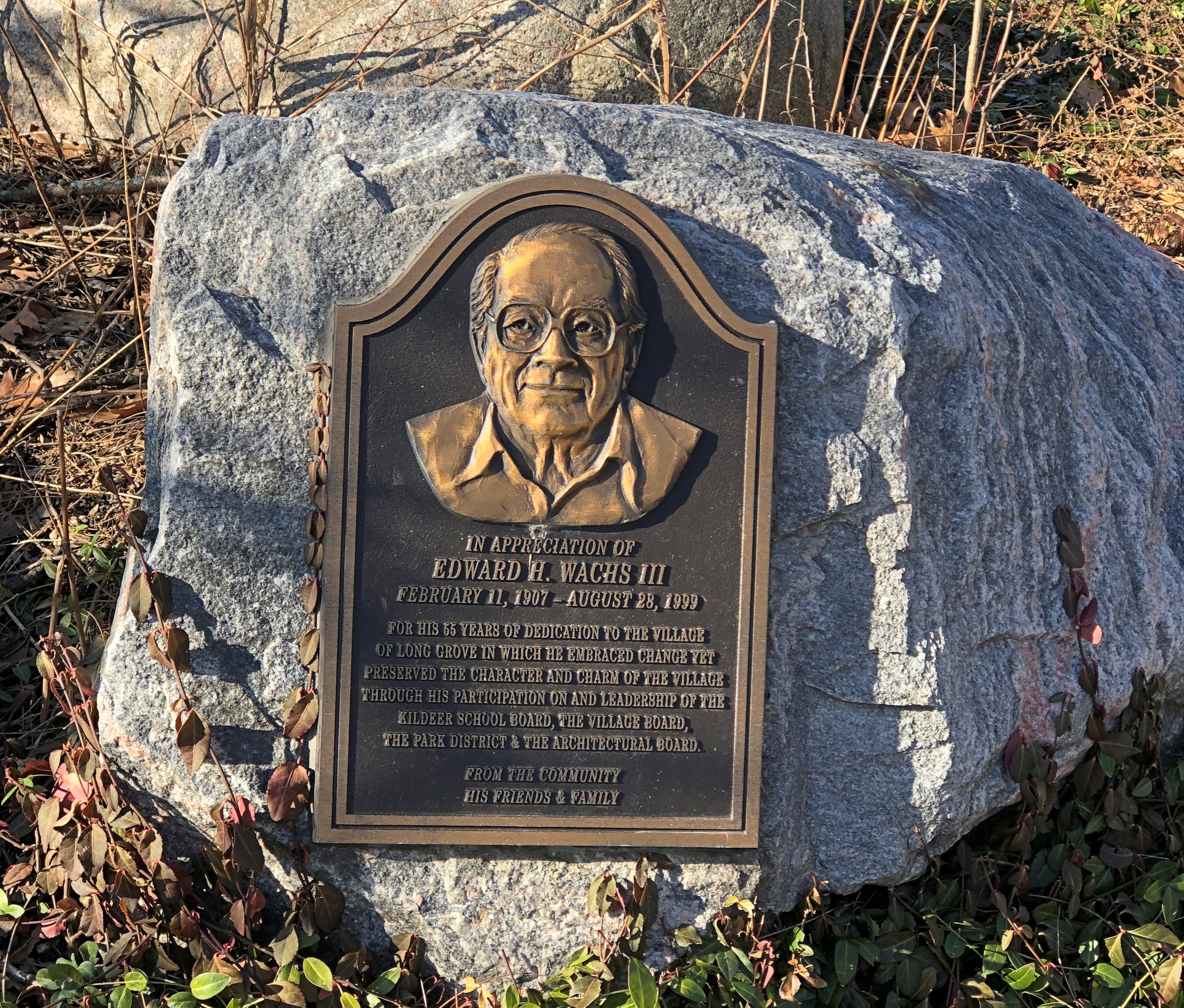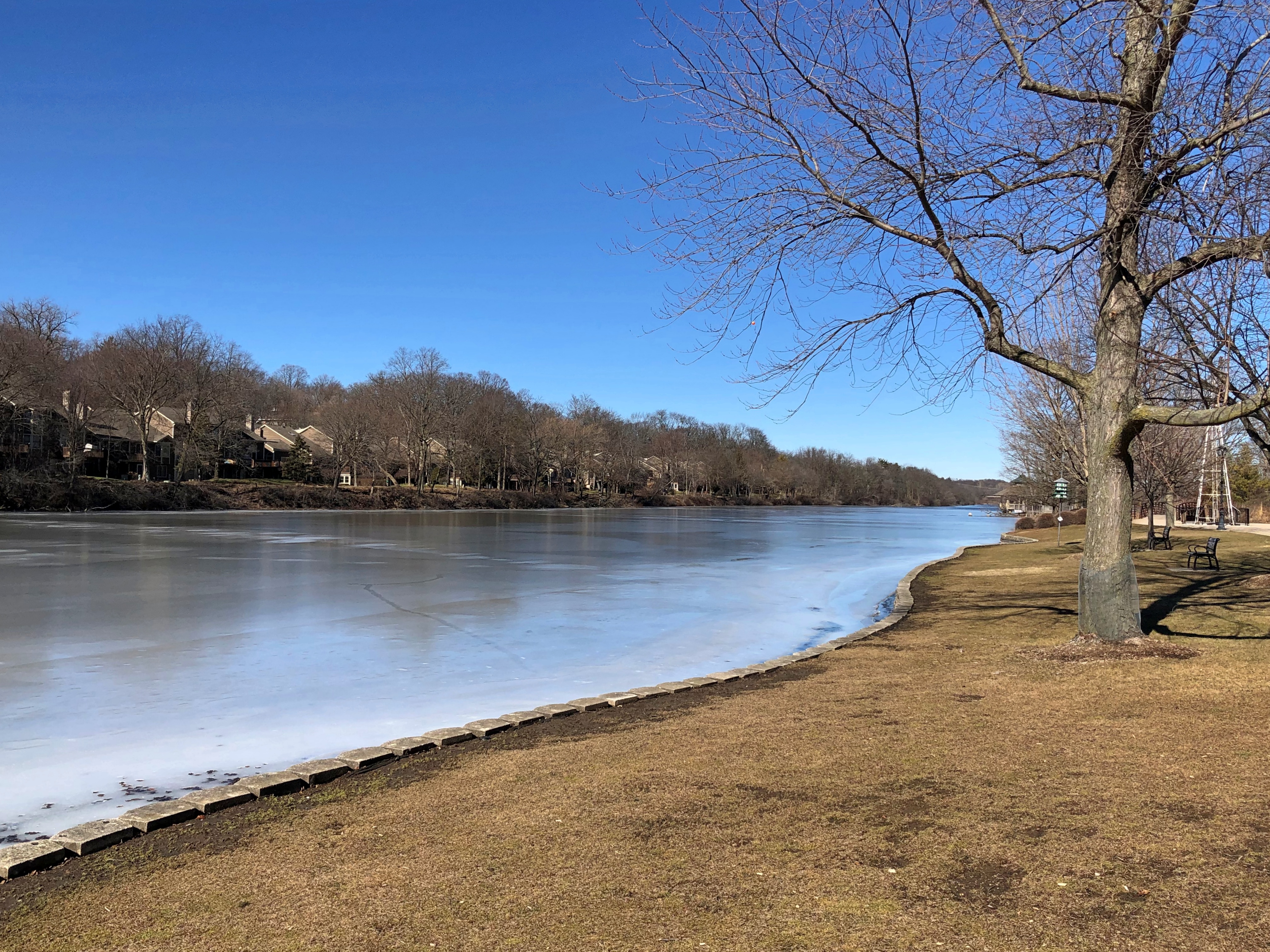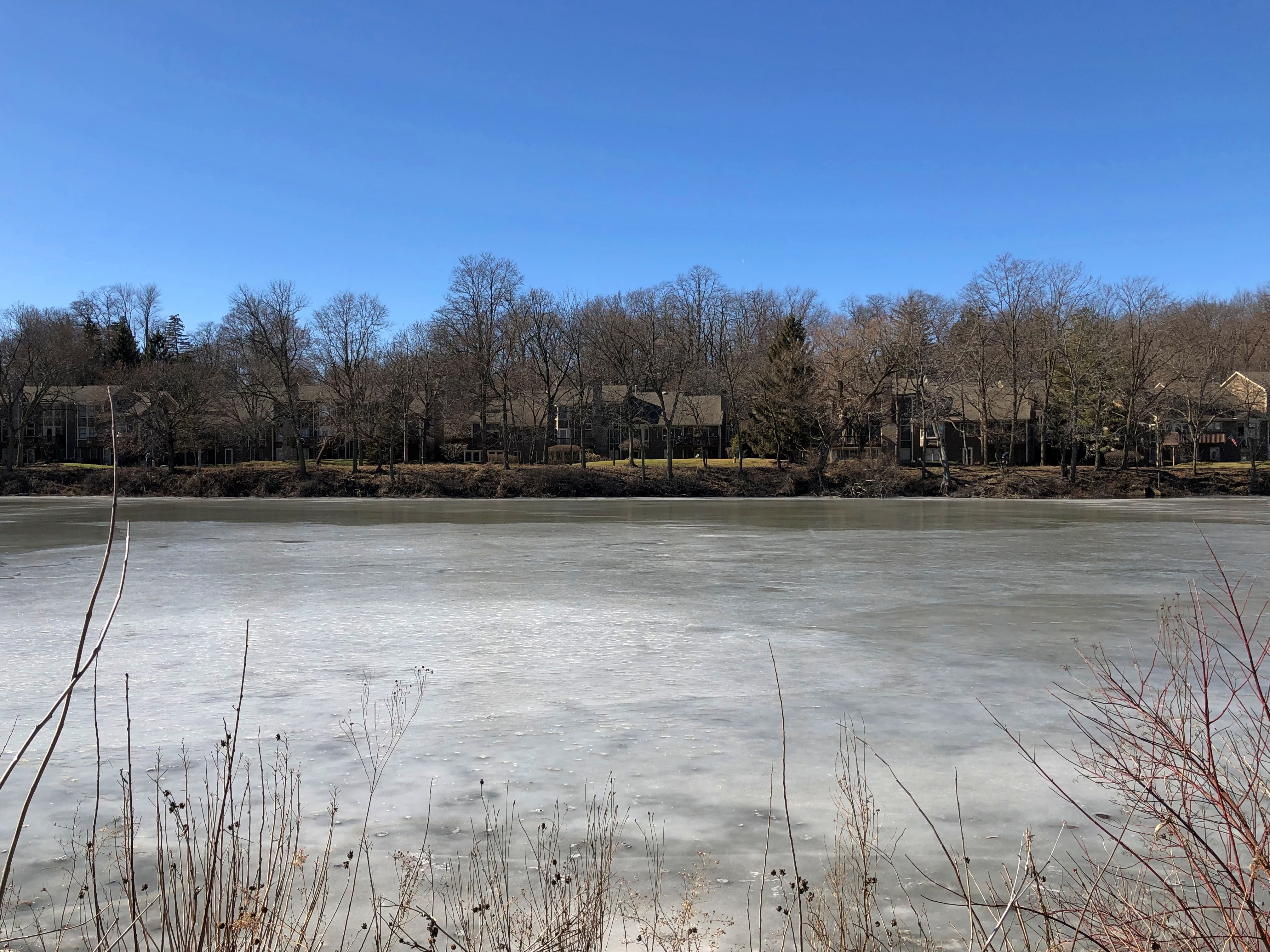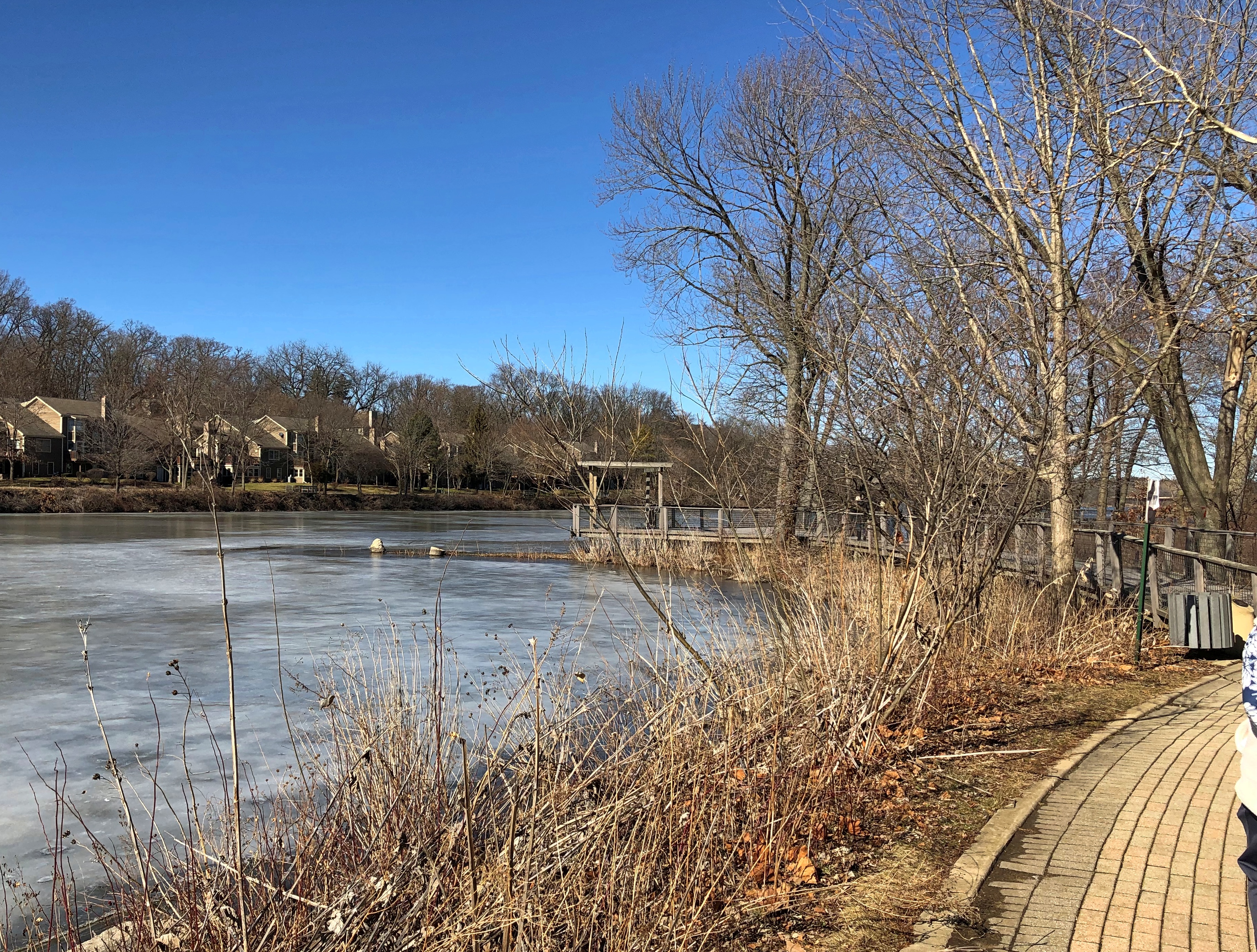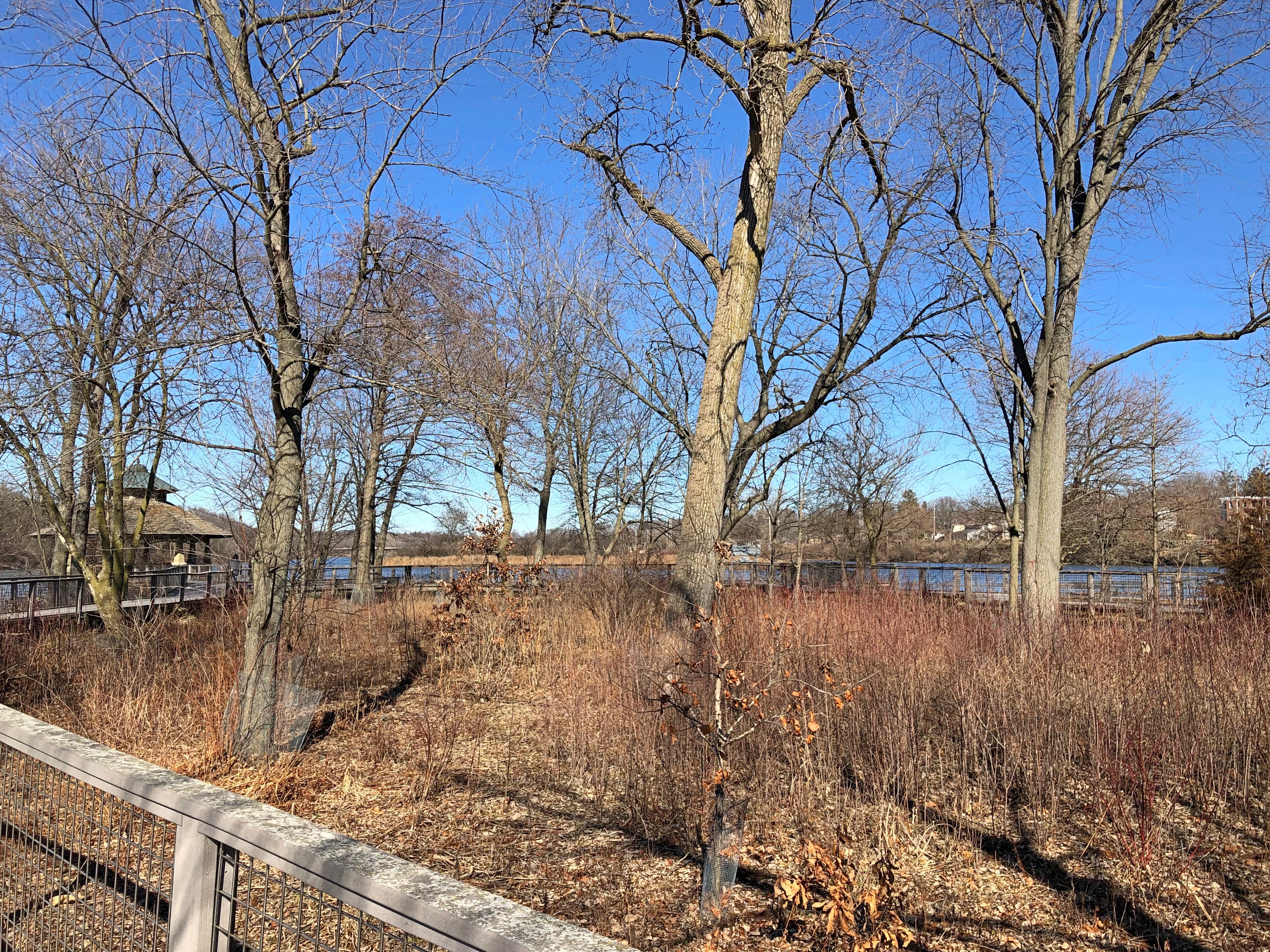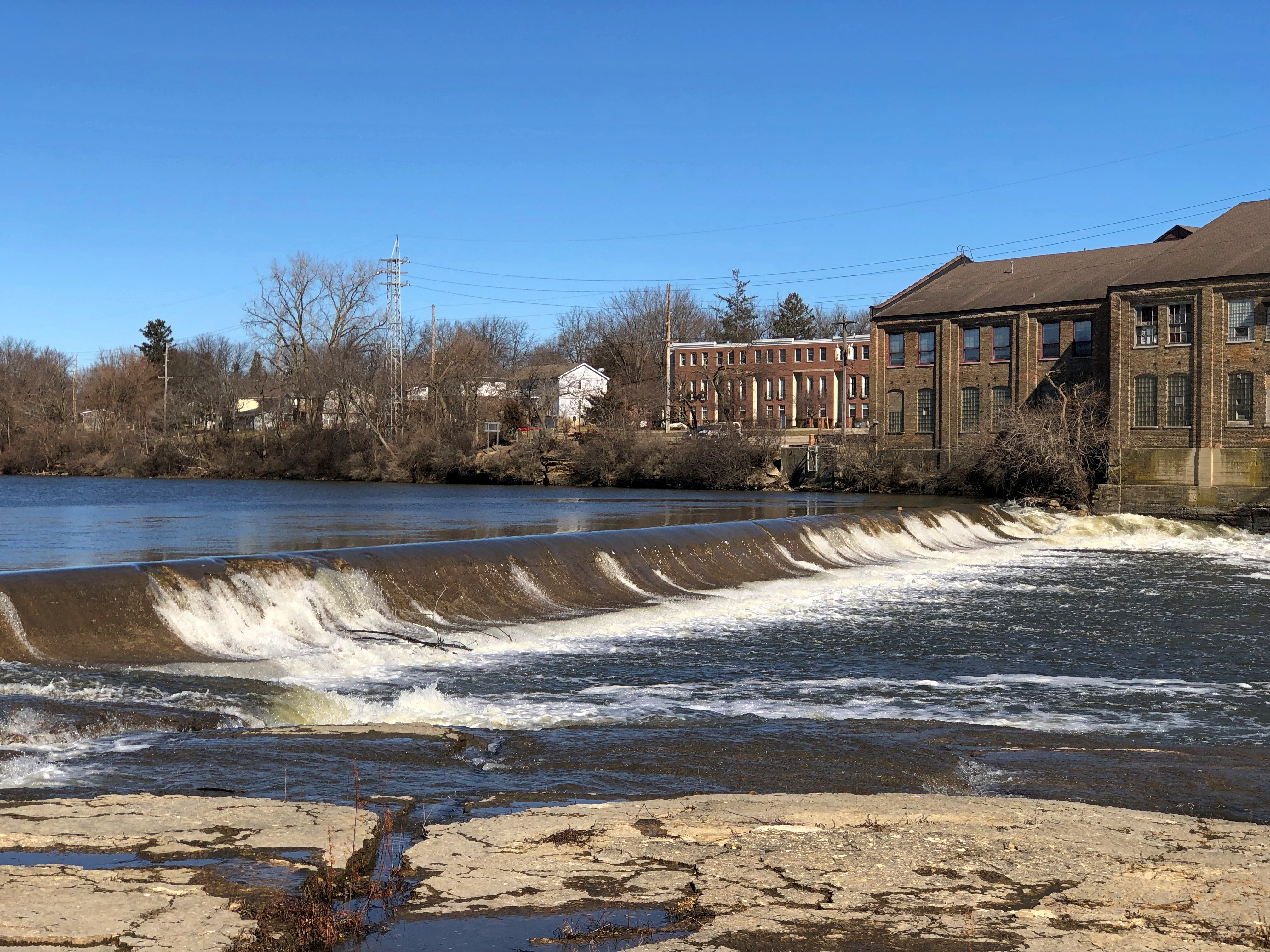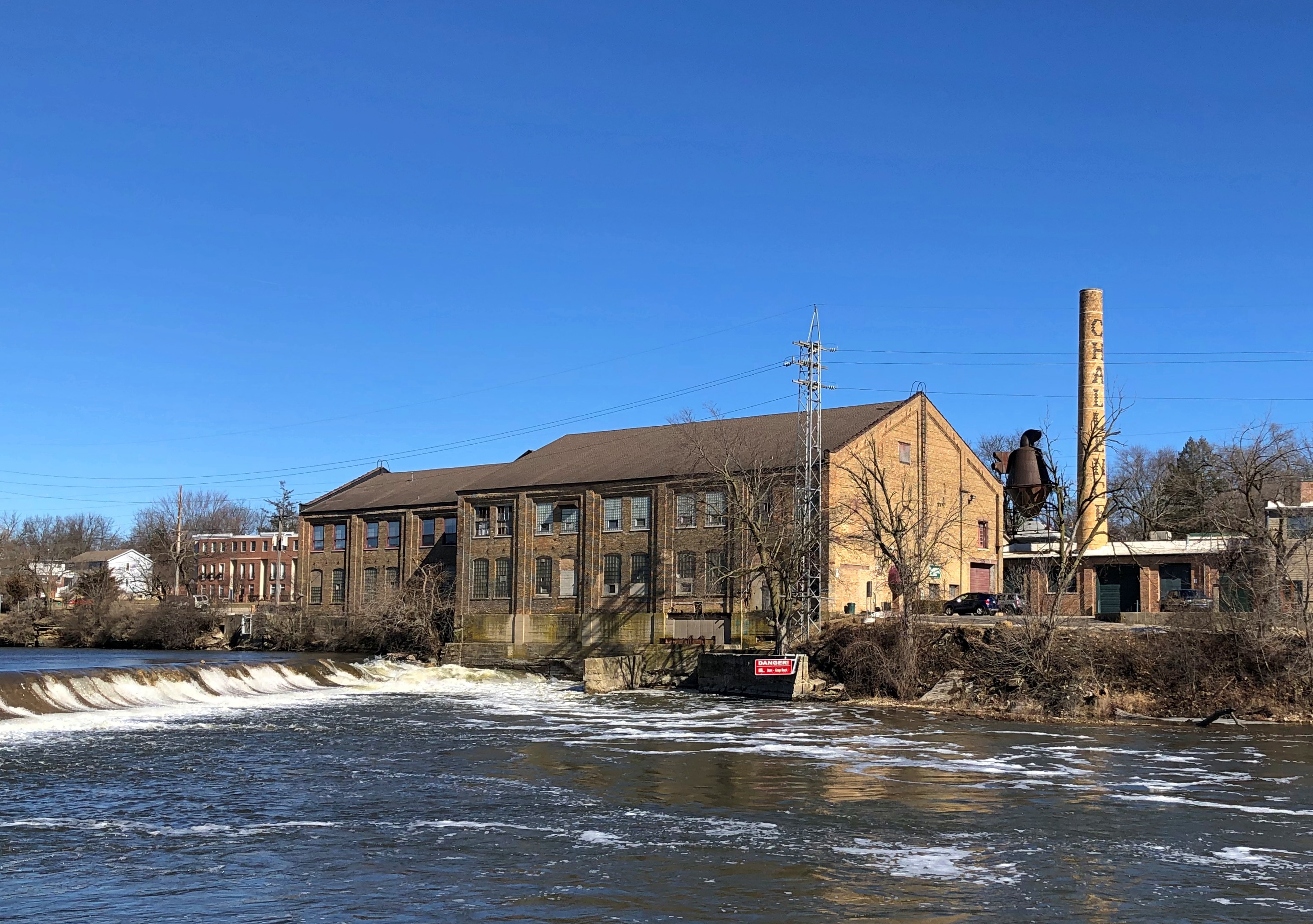Finally, a string of warm days here in northern Illinois, as in 80s in the afternoons. The grass is green and some bushes are coloring up, too. Trees are a little more hesitant, but it won’t be long. Of course, come Saturday, weather from up north will end our balmy run.
One thing I was glad to learn during our recent trip east was that Tim Hortons territory in the U.S. extends as far as Columbus, Ohio.

What is it about TH doughnuts that is so good, even in small form? The excellence of the dough, presumably, but that doesn’t really answer the question.
Another ahead-of-the-road-foodies discovery: Tudor’s Biscuit World. From a recipe dating back to the kitchens of Hampton Court Palace in the time of Henry VIII?
Of course not. The 20th-century founders were named Tudor. Though there’s a scattering of Biscuit Worlds in Ohio and Kentucky, and an outlier in Panama City, Florida, it’s largely a West Virginia operation. As we drove south through that state, we kept seeing them along the way. That inspired me, the next morning, to visit one and buy breakfast sandwiches for us.
Its sandwiches are much like McDonald’s breakfasts, the best thing that fast-food giant makes, except more variety, and Biscuit World’s various sandwiches were larger. Pretty much the same high quality. I can see why they can compete with McD’s.
The Basilica and National Shrine of Our Lady of Consolation rises over the small-town streets of Carey, Ohio (pop. 3,500). I spotted it as a point of interest on one of my road atlases.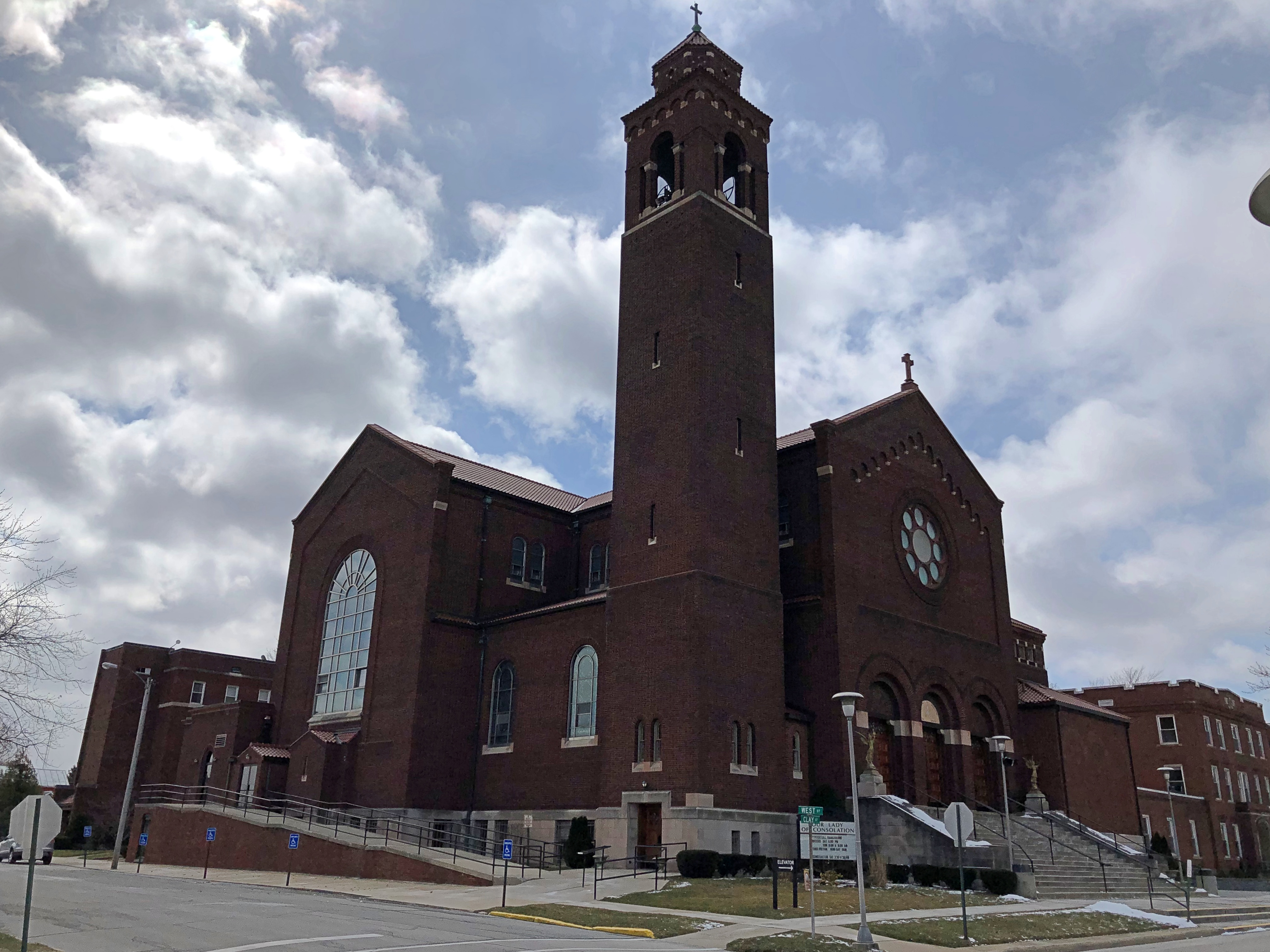
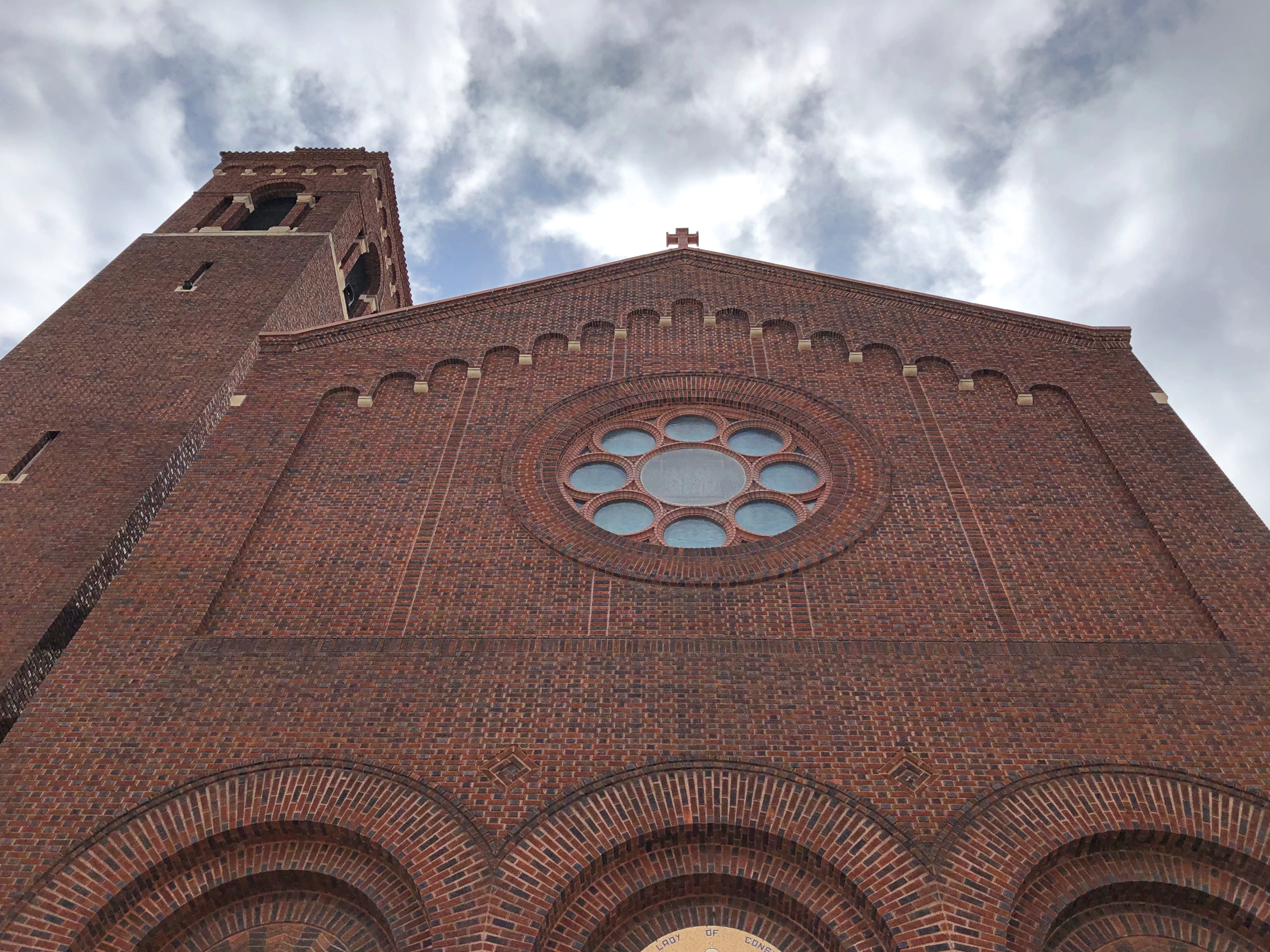
I’ve read that a lot of people show up for Assumption Day, but in mid-March, only a few other people were in the basilica.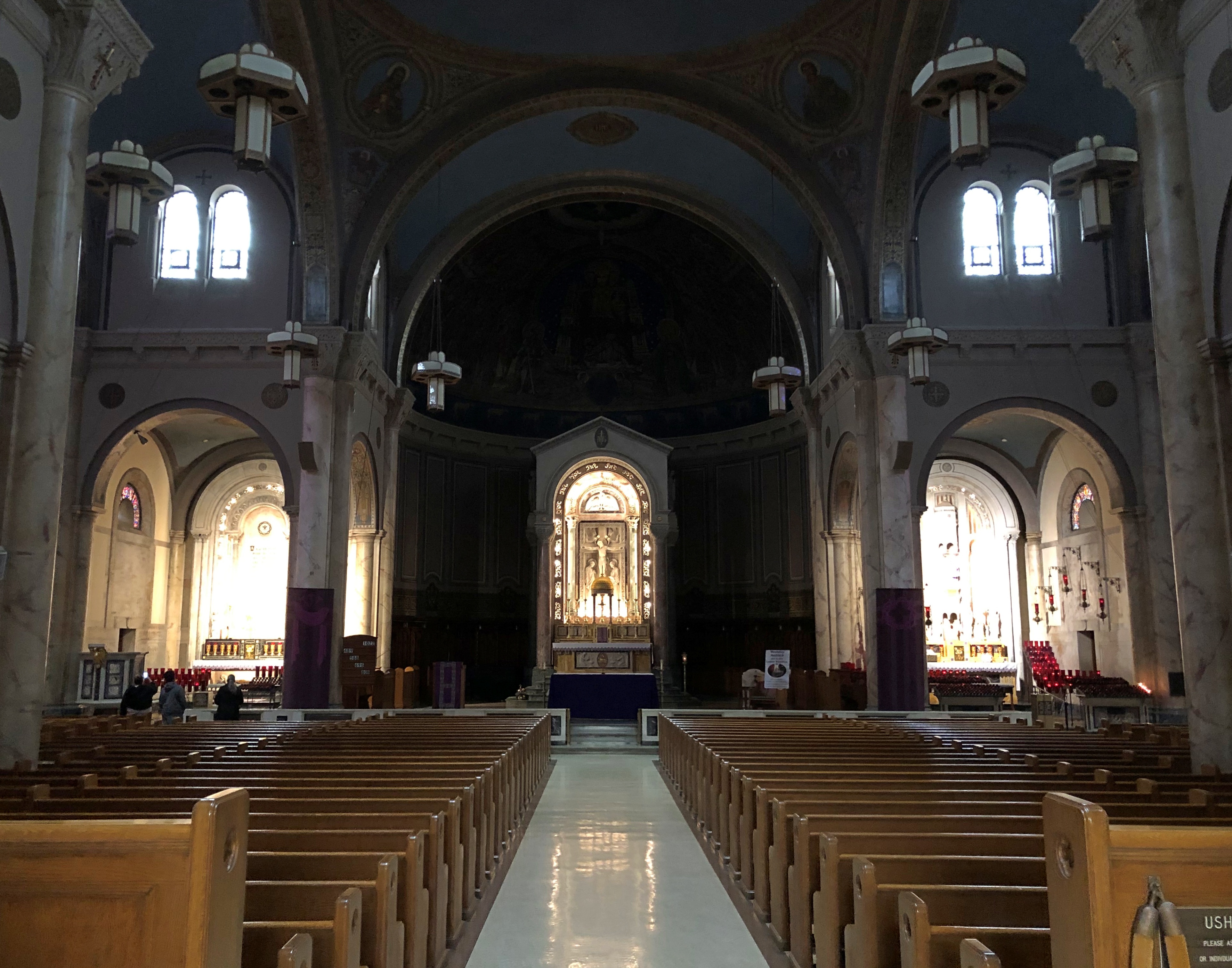
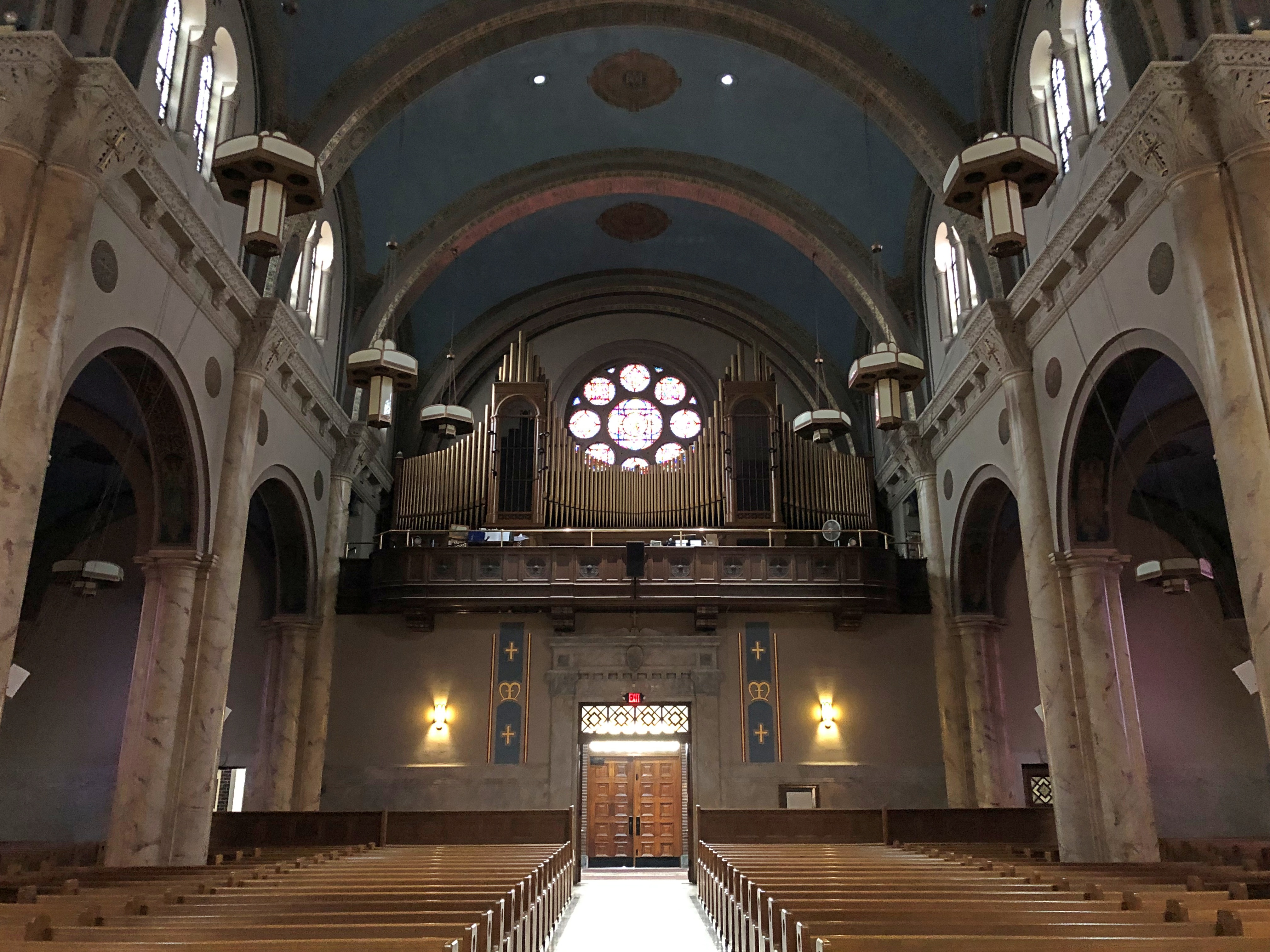
The next day, we saw St. Nicholas Catholic Church in Zanesville, Ohio, a handsome church that needs a grander setting, one not hemmed in by busy streets.
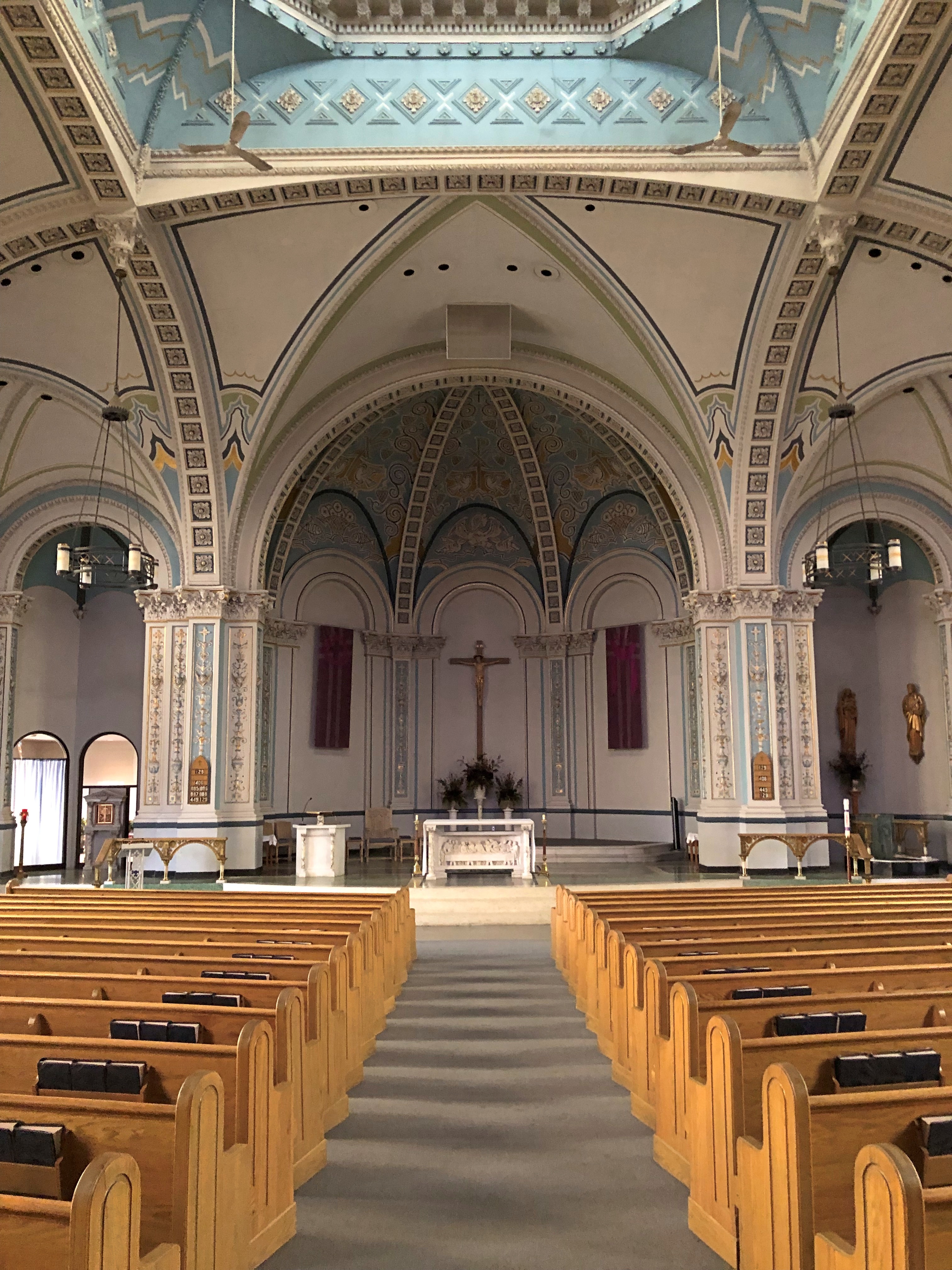

Zanesville is known for its Y Bridge, and I have to say driving over the thing was less interesting than driving down any of the other streets in Zanesville. As Wiki states: “It has received criticism for a tunnel-like effect due to its solid railings, providing hardly any view of the scenery.”
I agree. I know public budgets are tight in a place like Zanesville, median household income, $26,642. Still, there has to be a way that’s not too expensive to make experiencing the bridge genuinely distinctive, like the Tridge in Midland, Mich., except with vehicular traffic.
(Chin up, Zanesville. The Midwest is going to rise again, with its cooler temps and access to water. You or I might not live to see it, but still.)
West of Zanesville – where you can find the National Road & Zane Grey Museum – you can also stand in front of this pleasant house in New Concord, Ohio.
Behind the white picket fence, the John and Annie Glenn Museum.
Then.
Now.
Leaving that early sign outside is a nice touch. Not every artifact needs to be behind glass.
Both the Glenns and Zane Grey were closed for the season. I didn’t need a museum to tell me that we were partly following the route of the National Road as we drove on U.S. 40 in Ohio and more so in Pennsylvania.
Route 66 has had better publicity, but the National Road – the original stab at an interstate – now that’s a traveler’s road, a route to seek glimpses of a past remote and tough. Well, from the vantage of today’s macadamized roads.
A mile marker on U.S. 40 in Ohio, but only 25 miles from Wheeling, West Virginia – as the marker tells us, and the fact that Zanesville is 50 miles west.
At the courthouse square in Newark, Ohio, bronze Mark Twain can be found looking Mark-Twainy except – no cigar. Come now, he even smoked cigars when he made an appearance on Star Trek: The Next Generation. Or maybe this is the reformed Mark Twain, who promised to give up cigars after the 1910 arrival of Haley’s Comet. No, that’s not it. I made that last part up. But he did in fact give up cigars that year.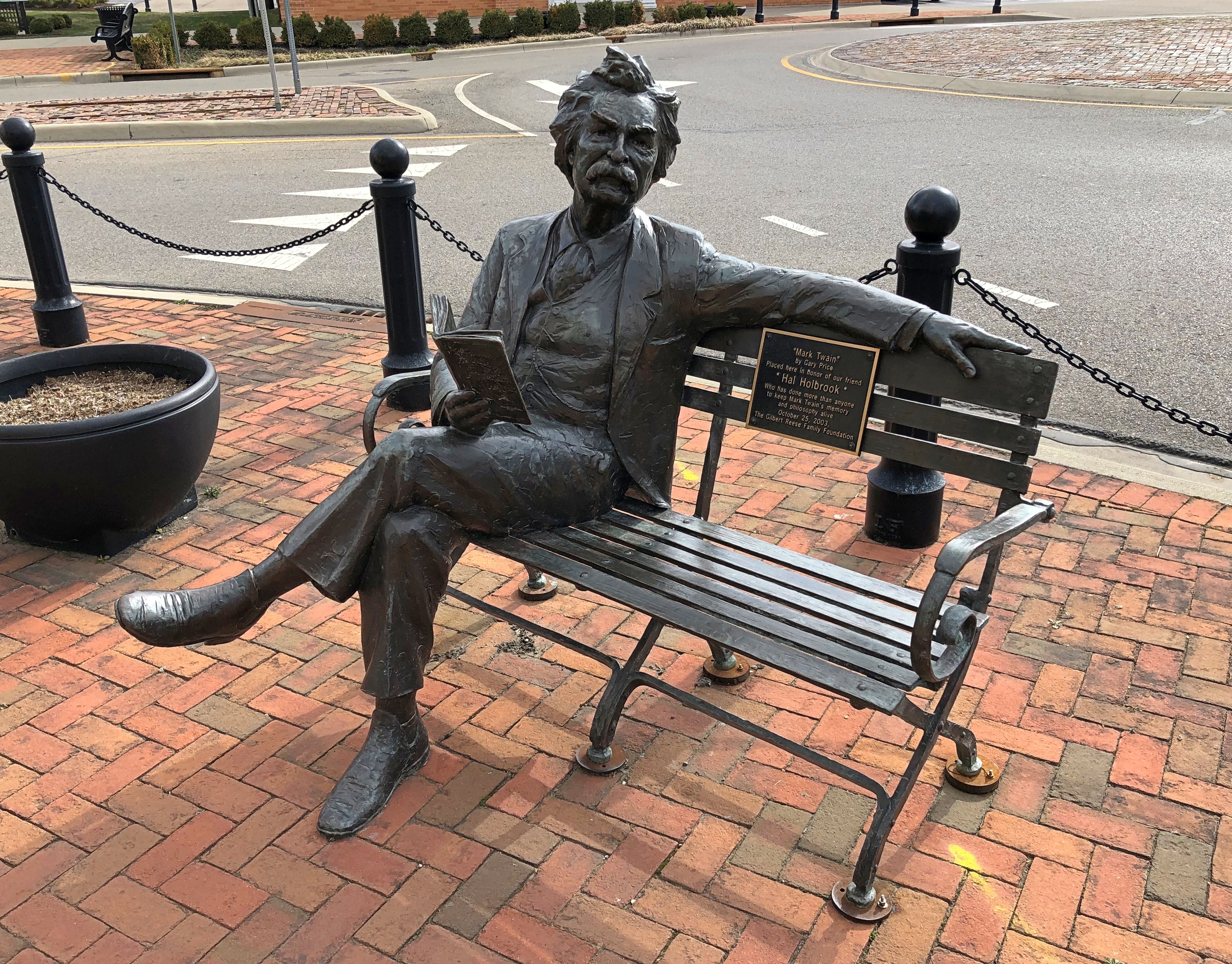
Outside the Ohio Statehouse, a couple danced and was photographed. For reasons, presumably. A spot of romantic whimsy, I hope.

The capitol grounds are well populated with bronzes, including from just after the Great War.

And a little earlier, historically speaking. Quite a bit, actually: Columbus, as in the Admiral of the Ocean Sea, in a 1892 work.
See him, and reflect on the vicissitudes of history.
Columbus (the city) has a good skyline, at least from the capitol grounds.


We had lunch that day in the Columbus neighborhood of German Village, or maybe more formally, German Village Historic District, which has the hallmarks of fairly far along gentrifying, an old ethnic neighborhood revived some years after its ethnicity melted into the population.
We got takeout from a small-chain chicken wing joint, which was packed with a youngish crowd at the brunch hour on Sunday, and ate with gusto in our car, out of the wind and collecting enough sunlight to warm the inside of the car.
Across the street was a sizable park.
After eating, I took a look around. Schiller is honored in German Village. Check.
Then there’s Umbrella Girl, a fixture in a fountain still dry for the season.

Instructions.
I’d say bilingual, but I don’t see that dogs have a lingua, as expressive as they can be.


















